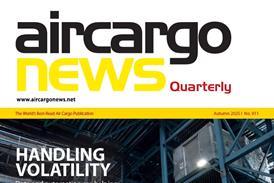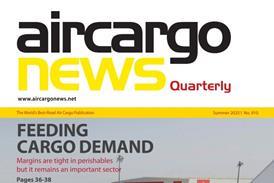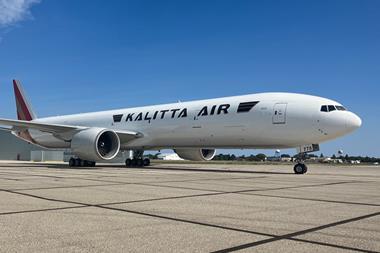
Photo: Jaromir Chalabala/ Shutterstock
The new US administration wasted no time to upset established orders with moves on trade flows and geostrategic alignments, producing an atmosphere of uncertainty, which has been heightened further by the realisation that Washington regards measures like tariffs as bargaining tools.
This further affects companies’ ability to plan ahead. What appears as a barrier to trade today may be off the table tomorrow, only to pop up again sometime later.
With the visibility of future trade developments at a new low, contract negotiations over capacity and rates have become even more challenging than they looked at the end of 2024.
Once again both carriers and customers have to navigate between the Scylla and Charybdis of a rate slump causing shippers to default on load commitments and airlines to jettison commitments to take advantage of soaring ad hoc rates.
This dilemma should give a boost to the fortunes of index-linked agreements. Such deals would give shippers and forwarders confidence that their cargo will be moved at times of high competition for space and reassure carriers that booked freight shows up during downturns.
According to industry analysts and freight index platforms, interest in this concept was already rising markedly in the final quarter of last year.
As one analyst put it, carriers “are realising that they can’t have their cake and eat it”. Ian Arroyo, chief strategy officer of Freightos, observed that both shippers and forwarders are looking increasingly at index-linked agreements.
The strong market of 2024 visibly dented the appeal of ad hoc bookings. Xeneta registered a rising preference for airfreight contracts covering periods of one year or even longer.
Of all agreements in place in the fourth quarter, such contracts accounted for 63%, an increase of 16% from a year earlier.
Arroyo noted, however, that a move to index-linked contracts is more complex than it may seem.
He described it as a “complete business model shift”, as it only works if implemented across a company, removing the autonomy of individuals and regional branches to negotiate alternative deals with the same partners.
Chief financial officers may not be delighted either, as this complicates their planning for the year, turning a fixed cost into a dynamic element.
Dynamic pricing isn’t for everything. Airlines typically only cover general freight this way, and interest differs markedly between different industries. Still, it is an interesting option worth a closer look.













